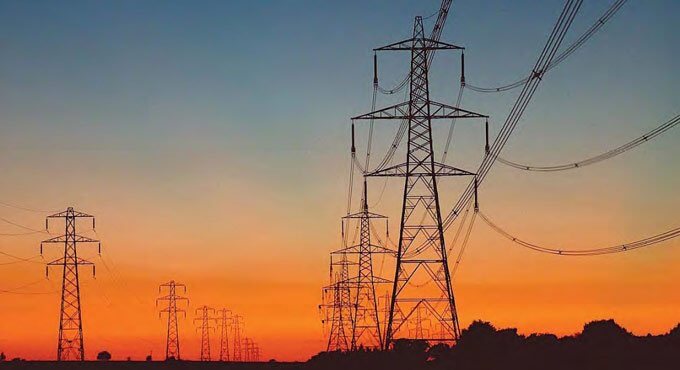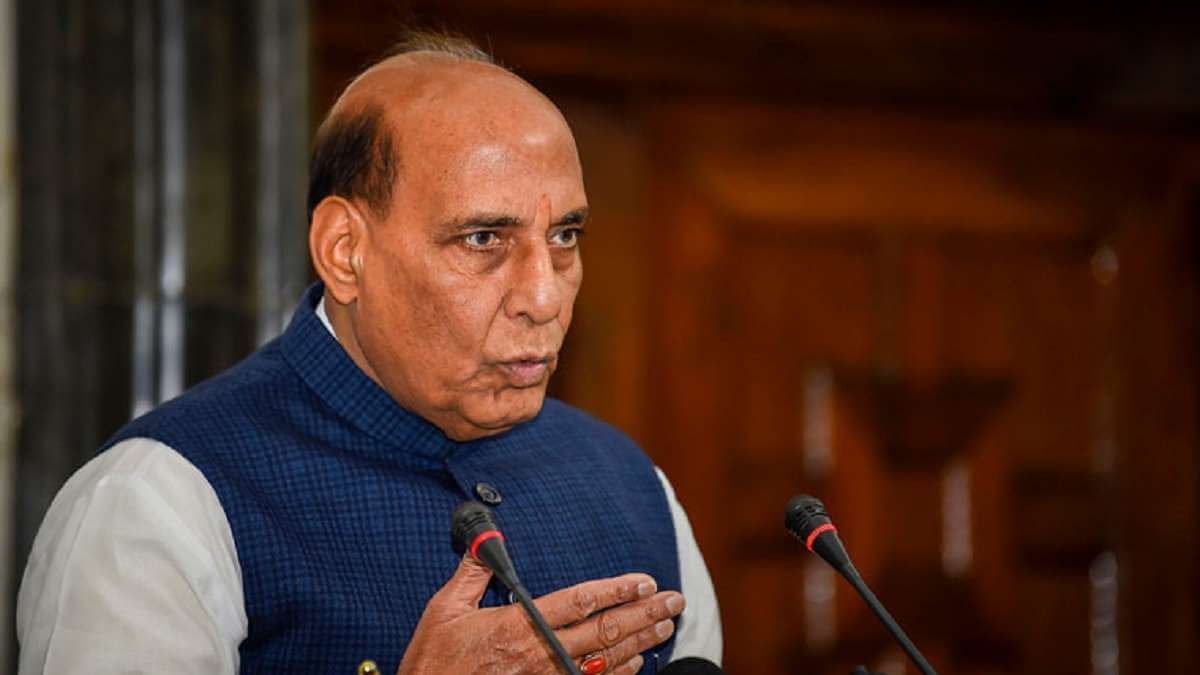Know the causes, symptoms and prevention tips of heat stroke
Sat 06 Apr 2024, 01:42:16

Heat stroke, a critical heat-related illness, arises from the failure of the body's thermoregulatory mechanisms, often due to prolonged exposure to elevated temperatures and insufficient hydration. This condition, marked by a body temperature of 104°F (40°C) or higher, poses significant health risks if not promptly addressed. Now, Dr Mukesh Mehra, Director, of Internal Medicine, at Max Super Speciality Hospital, Patparganj, has shared a few symptoms and prevention tips related to heat stroke.
Symptoms:
Identifying heat stroke symptoms is pivotal for prompt intervention and includes:
Hyperthermia: Core body temperature surpassing 104°F (40°C), indicative of the body's inability to dissipate heat.
Central Nervous System Dysfunction: Altered mental status ranging from confusion and irritability to delirium and coma, stemming from thermal injury to the brain.
Cutaneous Manifestations: Flushed, hot, and dry skin, often devoid of sweating due to the cessation of evaporative cooling.
Cardiovascular Strain: Tachycardia (rapid heart rate) as the heart works to maintain circulation under increased metabolic demand.
Neurological
Disturbances: Headache, dizziness, and in severe cases, seizures, reflecting central nervous system perturbations.
Disturbances: Headache, dizziness, and in severe cases, seizures, reflecting central nervous system perturbations.
Gastrointestinal Symptoms: Nausea, vomiting, and diarrhoea as the body redirects blood flow from the gastrointestinal tract to vital organs.
Prevention:
Mitigating heat stroke risk involves strategic interventions.
Hydration Strategy: Maintaining adequate fluid intake to support evaporative cooling and prevent dehydration-related thermal strain.
Environmental Management: Limiting exposure during peak heat hours, seeking shade, and utilizing cooling aids like fans or air conditioning.
Appropriate Attire: Wearing lightweight, breathable clothing that facilitates heat dissipation and perspiration.
Gradual Acclimatization: Allowing the body to adapt gradually to hot environments through progressive exposure.
Strategic Rest Breaks: Incorporating regular breaks during strenuous activities to prevent excessive heat accumulation.
Awareness of Vulnerabilities: Understanding personal risk factors such as age, health conditions, and medications that may predispose to heat intolerance.
No Comments For This Post, Be first to write a Comment.
Most viewed from
Most viewed from Health
AIMIM News
Asaduddin Owaisi files nomination papers on Friday
Apr 20, 2024
Owaisi Begins Election Campaign in Hyderabad
Apr 13, 2024
Latest Urdu News
Most Viewed
May 26, 2020
Do you think Ruturaj Gaikwad would be a good captain for Chennai Super Kings?
Latest Videos View All
Like Us
Home
About Us
Advertise With Us
All Polls
Epaper Archives
Privacy Policy
Contact Us
Download Etemaad App
© 2024 Etemaad Daily News, All Rights Reserved.

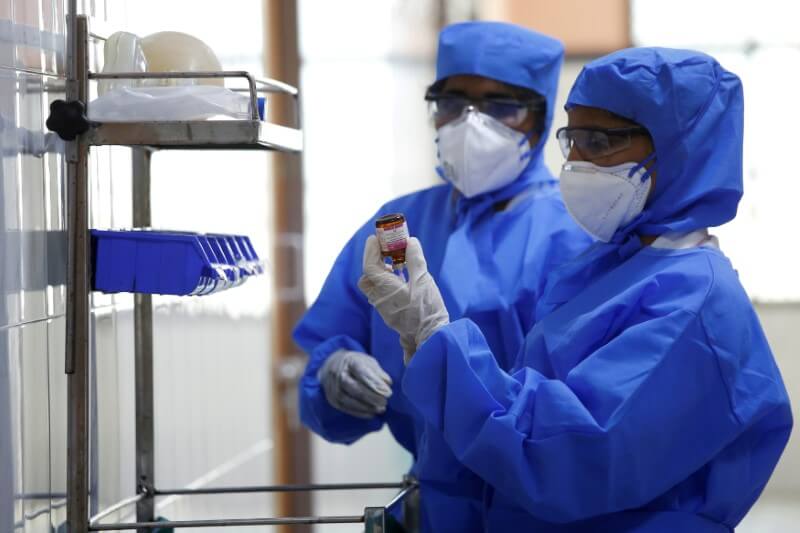




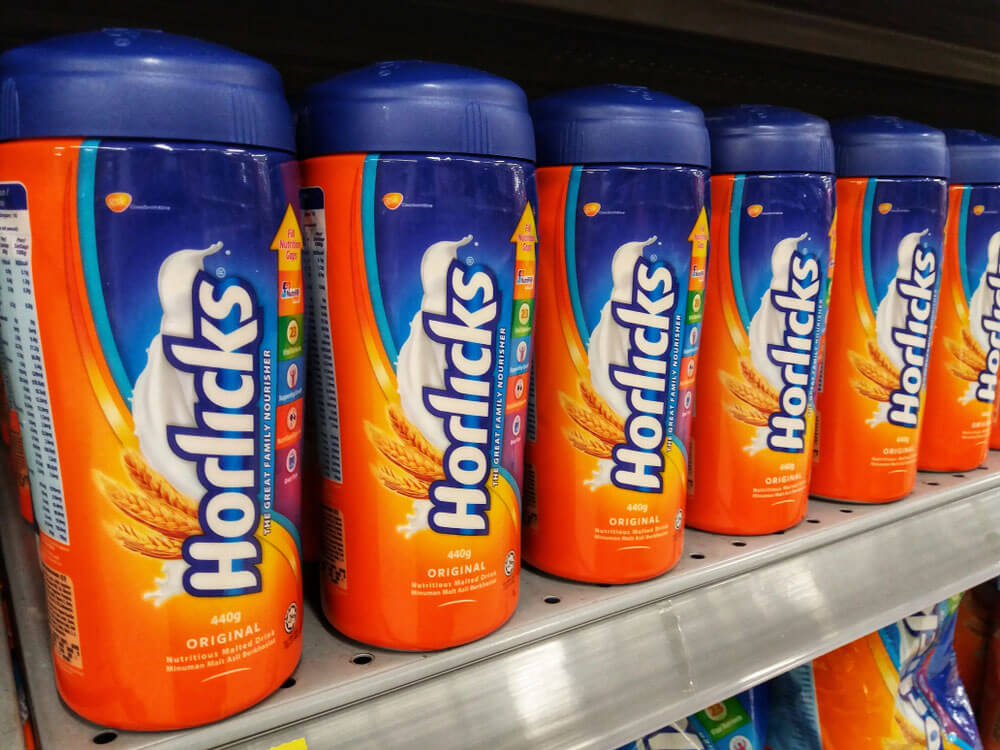


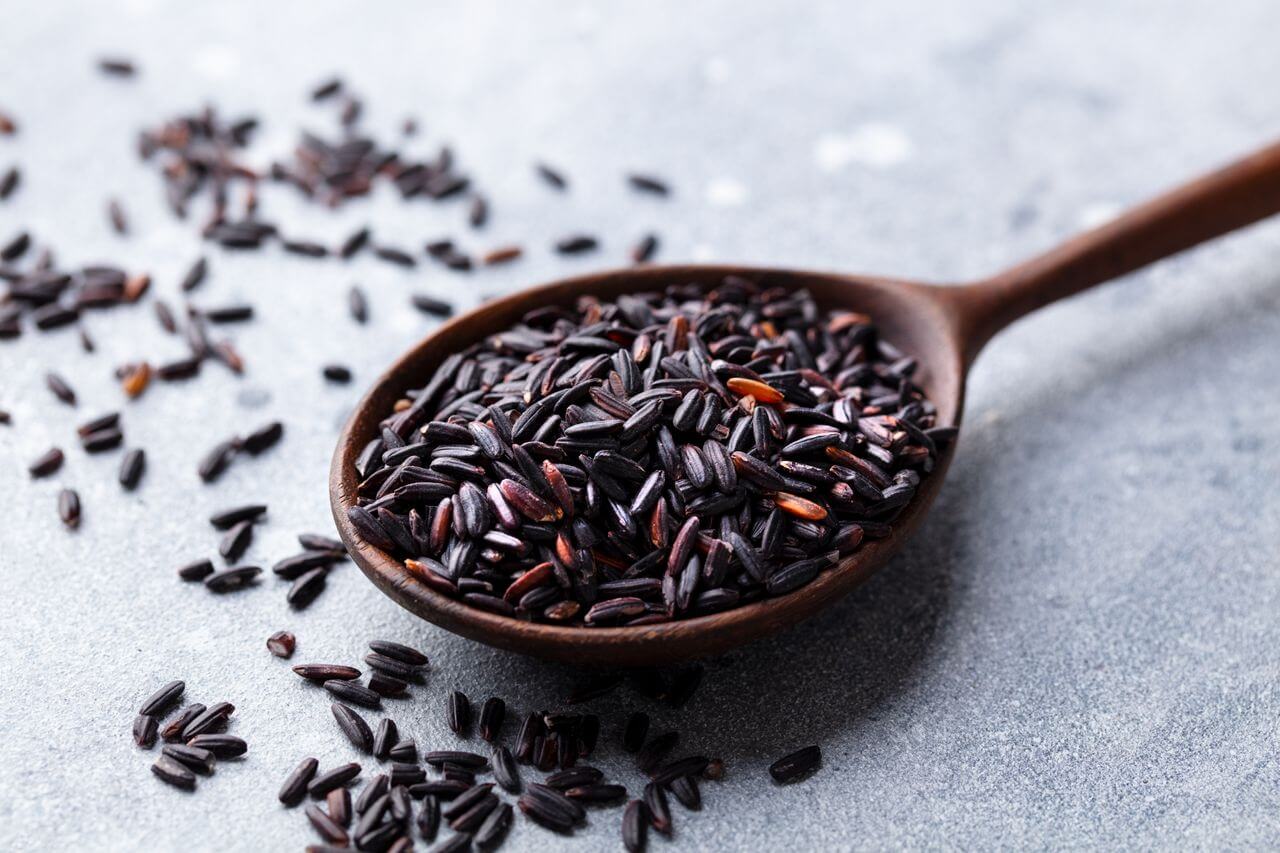


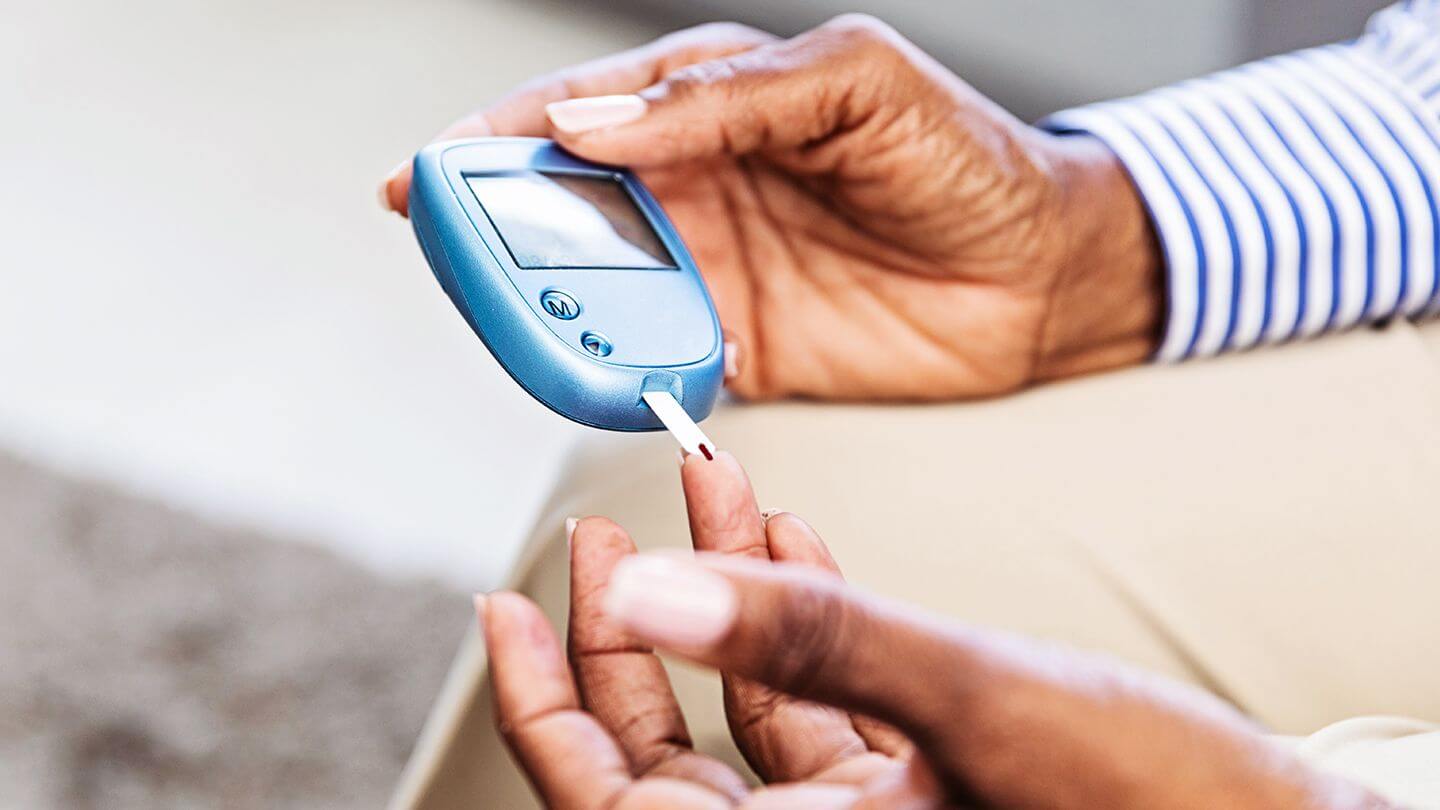

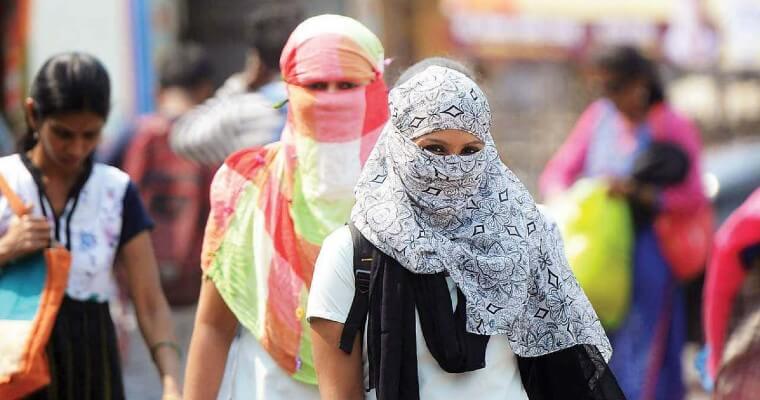
.jpg)
